OHbaby! nutritionist Anna Hansen offers her guide to grocery shopping when feeding a growing family.
-

When you have a family, it helps to have a good supply of food, but navigating the supermarket can be a confusing experience – especially with all of the tempting treats, clever marketing, confusing labels and huge variety of choice available to us these days. Shopping is also one of those tasks that most would rather not have to do too often with small children in tow. To help you get on your way to having a well-stocked supply of healthy meal and snack options, Anna has broken down the storage areas of the kitchen and made lists of essentials to keep on hand in each one. Her suggestions may inspire you to try something new. She also has plenty of practical ideas to ensure you always have good food at the ready to answer that ubiquitous cry of parenting – "I'm hungry!". Once you have filled your kitchen, keep tabs on what is running low and simply restock that item in the next week's shopping trip.
-
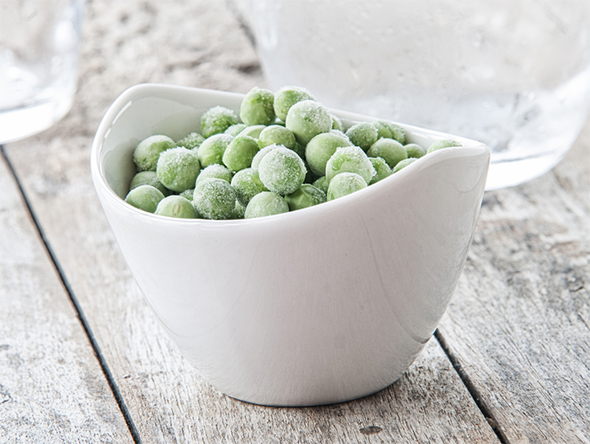
FREEZER
● Frozen berries: blueberries, raspberries or mixed berries – perfect for a mid-afternoon snack, in a smoothie or warmed as a dessert
● Frozen mango – great for smoothies and homemade ice blocks
● Frozen bananas – add to smoothies and use as a dairy free icecream base
● Frozen falafel – makes an easy lunch or dinner
● Frozen veges: peas, corn, beans – so easy when you are throwing a meal together in a hurry. Frozen peas and corn also make a great pre-dinner snack for kids
● The Collective ‘suckies’ probiotic yoghurt tubes for kids – a great lunchbox filler; protein, calcium, plus a sweet treat! -
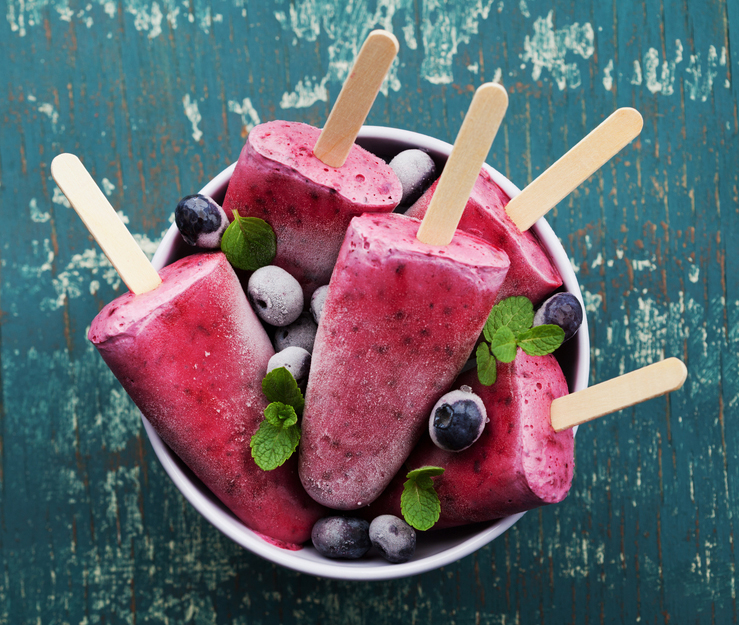
FREEZER
Pre-made foods:
● Homemade ice blocks and icecream – great to have some ready for the kids
● Pre-made meals – try to keep a frozen meal or two on hand to avoid the last-minute takeaways run
● Cooked chickpeas – add to a curry or tomato-based meal, or whip up some hummus -
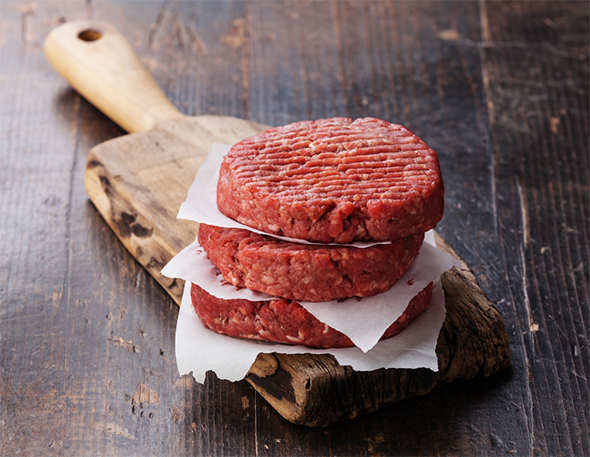
FREEZER
Meat/fish/poultry:
● Lean mince
● Lean lamb and beef
● Chicken – buy the best you can afford. Free-range is ideal, organic is even better
● Fresh fish such as terakihi or snapper -
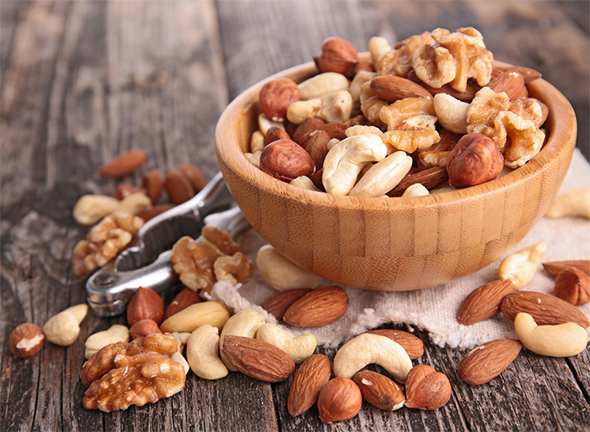
PANTRY
Dried food:
● Nuts: almonds, cashews, Brazil nuts, walnuts
● Seeds: linseeds, sesame seeds, pumpkin seeds, sunflower seeds
● Pasta/noodles: vermicelli noodles, gluten-free pasta, whole-wheat pasta
● Rice: brown rice, sushi rice, red rice
● Dried chickpeas (or tinned chickpeas if you don’t have the time to cook them)
● Red lentils – super easy to cook and a great base for vegetarian lasagne or curry.
● Quinoa – a brilliant alternative to pasta or rice
● Dried soup mix
● Buckwheat
● Flours: buckwheat, rice, spelt, wholemeal. Pancakes made with buckwheat flour are a hit, as are muffins or pizza bases made with spelt flour. Spelt flour is a winner when it comes to baking, as it has much less gluten in it than wheat flour yet it provides a good texture (unlike some other alternative flours).
● Popcorn kernels
● Range of crackers: whole-wheat crackers, rice crackers, corn thins
● Dried seaweed snacks – my kids love seaweed snacks in their lunchboxes, and I’m a fan as seaweed is high in iodine (a trace mineral that a lot of New Zealanders don’t quite get enough of in their diet) and other nutrients. Please note: it isn’t safe to eat seaweed straight from the beach.
● Pre-packaged snacks such as pretzels or popcorn
● Dried fruit such as raisins, organic apricots, cranberries and dates -
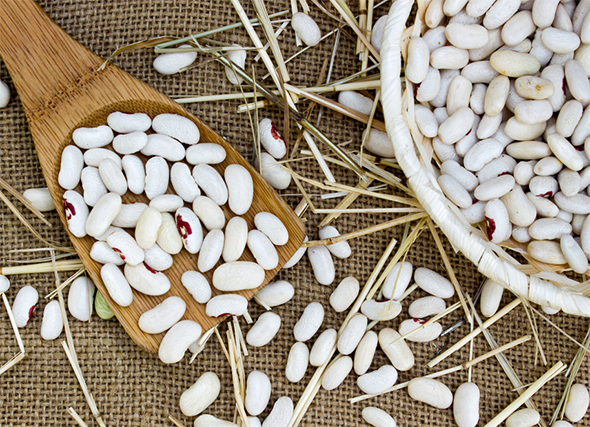
PANTRY
Tinned food:
● Cannelloni beans, kidney beans, baked beans, chilli beans – adding beans to a salad is a fabulous way of adding protein to a meal. Cannelloni or kidney beans make a great base for a dip as an alternative to hummus. Baked beans on toast makes a great afternoon snack for kids.
● Chickpeas
● Coconut cream and coconut milk – great to have on hand for making a curry or soup. Also great in a smoothie or as a base for homemade icecream.
● Sardines and red salmon – these oily fish provide a healthy dose of omega 3, which is the good fat that a lot of New Zealanders don’t get enough of. I prefer these tinned fish over tuna. -
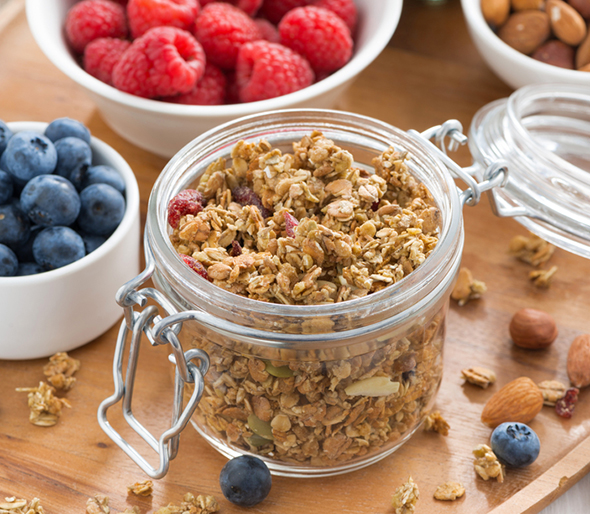
PANTRY
Breakfast ingredients:
● Oats – porridge makes a great start to the day for kids, especially if you add half a banana, a handful of frozen berries and a tablespoon of linseeds.
● Bircher muesli
● Toasted muesli -
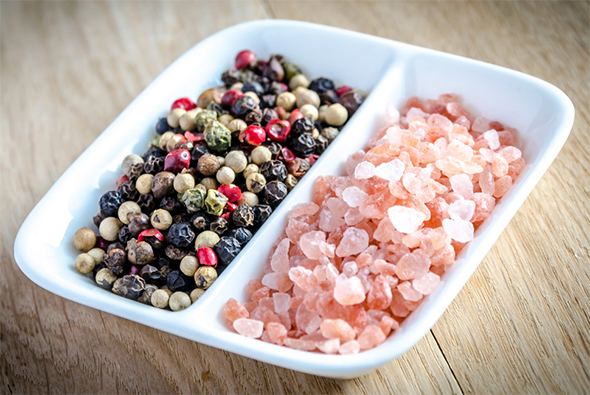
PANTRY
Condiments:
● Almond butter
● Peanut butter
● Manuka honey
● Vinegars: balsamic, apple cider and white vinegar, which also makes a great natural cleaning product – the best window cleaner I have come across.
● Olive oil
● Coconut oil
● Avocado oil – a brilliant oil to cook with
● Himalayan rock salt
● Pepper
● Range of herbs and seasonings: oregano, marjoram, mixed herbs, paprika, curry powder and cumin are some of my faves.
● Coconut sugar
● Maple syrup -
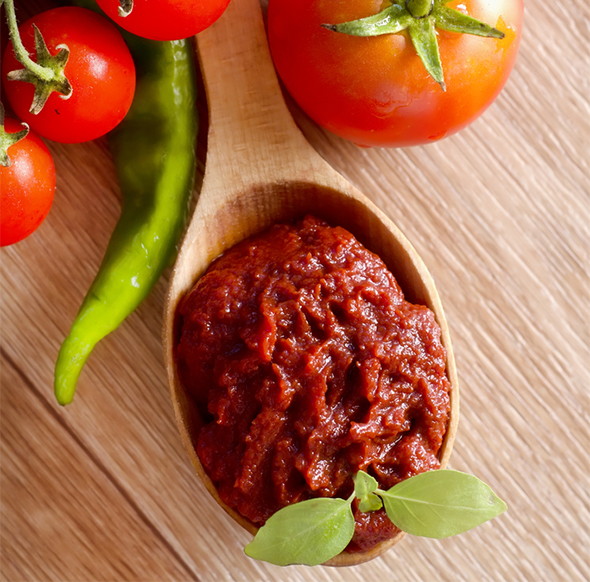
Other pantry staples:
● Jars of tomato passata
● Tomato paste
● Jars of pasta sauce Note: I prefer buying tomatoes stored in jars as opposed to tins, as tomatoes stored in jars are better for our health.
● Herbal teas
● Ceres Organics Enlivened Cacao drink – a great alternative to coffee or milo
● Avalanche sugar-free drinking chocolate – this product is sweetened with stevia, which is the safest sweetener on the market at the moment. -
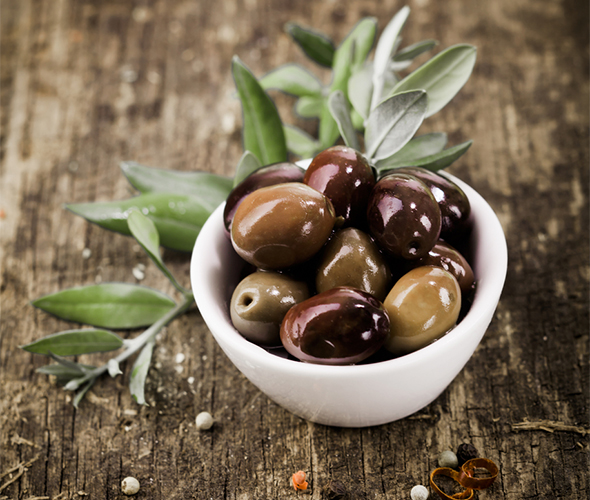
FRIDGE
● Curry paste: red and green – makes whipping up a curry super simple
● Tamarind sauce, sweet chilli sauce, soy sauce, mustard
● Beetroot or tomato chutney
● Olives
● Free range or organic eggs
● Almond milk
● Tahini – sesame seed paste, which can be eaten as an alternative to peanut butter and is also a key ingredient when making hummus
● Hummus
● Tomato sauce
● Vogels bread – I like Vogels because the ingredient list is short and without additives
● Healthy pizza bases
● Wholegrain pita bread
● Soup -
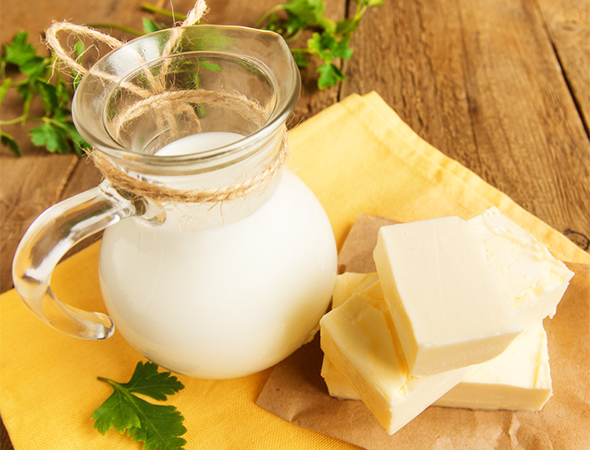
FRIDGE
Dairy:
● Blue-top milk
● Butter
● Feta
● Mild or colby cheese
● Probiotic yoghurt Note: I prefer organic when it comes to dairy foods. -
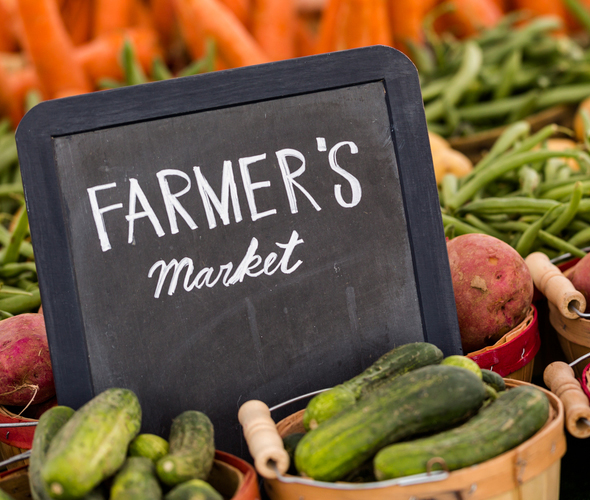
FRIDGE
I’m a fan of eating locally grown fruit and vegetables in season, as the produce will be at its freshest and so will retain more nutrients than produce that has been transported from overseas and/or has been harvested a while before reaching the store. Farmers' markets are a great way of supporting local farmers while getting good fresh food. -
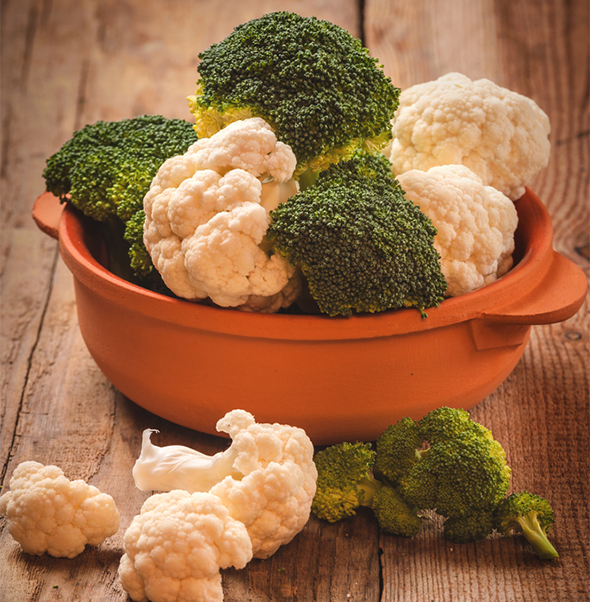
FRIDGE
Winter veges:
● Broccoli
● Cauliflower
● Spinach
● Green beans
● Carrots
● Cabbage
● Mushrooms
● Ginger
● Spring onions
● Pumpkin
● Beetroot
● Leeks
● Parsnip
● Kumara, potatoes, onion and garlic – which don't need to be kept in the fridge but still fall under this list.Great options for roast veges on a winter evening:
Parsnip, kumara, potatoes, pumpkin, beetroot, red onions and garlic
Fabulous soup ingredients for a quick mid-week meal:
Carrots, caulifl ower, leek or spring onions, kumara, pumpkin, butternut squash, parsnip and potatoes -
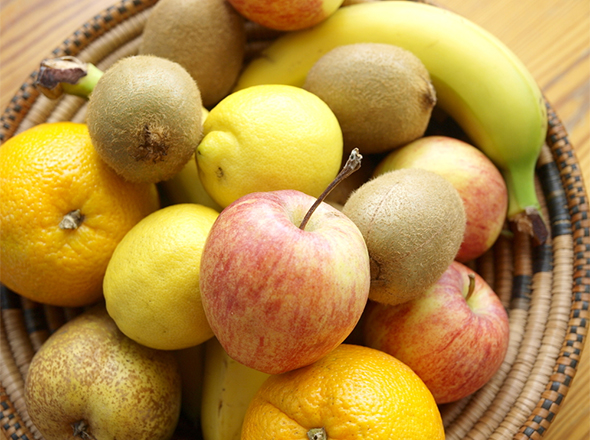
Winter fruit:
● Lemons
● Kiwifruit – yellow and green
● Oranges
● Apples
● Pears
These five fruits are staples during winter. Citrus fruit and kiwifruit are perfectly suited to fighting the ills and chills that winter often brings because they are full of vitamin C, the infection fighting antioxidant.







